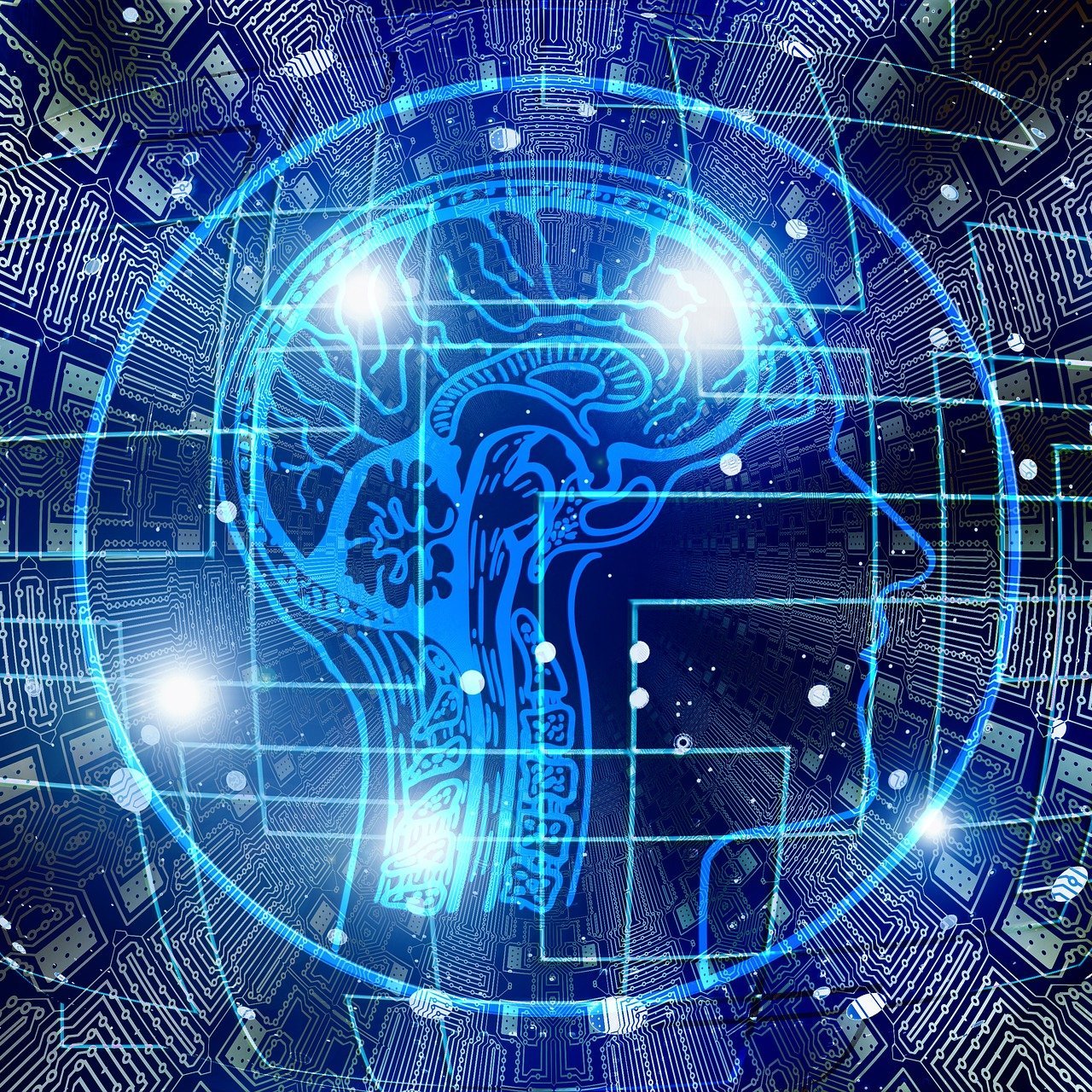We have all followed the discussion about who can be the author of a work in the context of the famous monkey selfies from the Indonesian rainforest - a US court ruled that the crested macaque Naruto was not entitled to any rights to his selfies for lack of statutory standing.
The debate as to who owns the rights to a work which was not created by a human being but by AI software has become more heated recently. Projects like Next Rembrandt Project and programmes like Stable Diffusion, Midjourney and DALL-E create images with minimum instructions from humans whilst easily appearing to meet the requirement that a threshold of originality has been achieved in terms of copyright law. Does this mean that the human operators of AI software are the authors of the works? An American picture agency, as well as some female artists whose pictures were probably used to train AI software without a contractual basis beg to differ; they want to take this matter to court.
Who can be the author of a work in Austria?
Austrian copyright law follows the creator principle: The focus is on the creative person and not on the outcome or an automated process. Only a natural person can produce an "idiosyncratic intellectual creation", the existence of which is the prerequisite for making a work protectable. According to case law, the work’s characteristic features must be rooted in the personality of the creator. By contrast, products generated by technology or mere coincidental creations cannot be protected under copyright law.
Can programmers, the programme itself or its operators be the authors of an AI-generated work?
In Great Britain, Ireland and New Zealand, regulations have already been enacted to explicitly make AI programmers the authors of AI products. In Austria, however, no such provision is yet in place.
Under current legislation, AI itself is not entitled to authorship. Since copyright protection ends 70 years after the death of the author, it makes sense for AI not to have author’s rights as AI cannot die.
Thus, when works were created by means of AI, copyright protection can only be considered to apply to the operators of the AI programme if the work is directly rooted in the intellectual creative act of a natural person. AI would therefore have to be a mere tool used by a human being. By contrast, products which were created by AI operating completely autonomously are not covered by copyright protection under current legislation.
So, who "owns" AI-generated works?
Given the above, the unsatisfactory answer would have to be: If the work of the AI programme is not rooted in the intellectual creative act of a natural person, there is no copyright protection, either.
However, when AI-generated music is concerned, one could consider the application of ancillary copyrights which a "record label" is entitled to. Since natural sounds on a recording medium are protected, record labels should also be entitled to such a neighbouring right for recordings of AI-generated music.
As pictures produced by way of a photographic or similar process are protected by ancillary copyrights, this could also be considered a potential solution here. However, according to case law, a natural person must be "adequately involved"; this is understood to mean a minimum level of contribution to the recording activity. From this point of view, the protection of AI-generated images is probably ruled out.
Databases within the meaning of copyright law or essential parts thereof may also enjoy protection. The underlying idea is to protect the investment made in the creation of the database – again, a neighbouring right. If, in case of an AI programme, a database and the investment in the creation of the database are found to meet the relevant legal requirements, the investor may be considered entitled to such a neighbouring right.
In any case, the AI programme itself will own neither a copyright nor a neighbouring right to the works generated.
What do we have to consider when creating and using AI-generated works?
The starting point and stumbling block in the creation will be the data which the AI programme is trained with - the project of the American picture agency and the female artists mentioned above being a case in point. In this context, it will be one of the AI developers’ main tasks to ensure that the copyright situation regarding the AI training data used is clarified. It may well be necessary to even review this in respect of works for which the duration of copyright protection has already expired.
In Austria, the 2021 Copyright Amendment Act, implementing the European DSM Directive, brought a completely new approach, introducing the free use of works for text and data mining under certain conditions. In this context, it is important to note that it is an essential prerequisite for the users of the works to be used for programming and training AI to have lawful access to these works. The owner of related rights may however rule out such access by identifying works publicly accessible on the Internet as being subject to a reservation when it comes to utilisation with machine-readable means. The question remains whether the AI programmes will actually be able to recognise such reservations.
Caution is therefore required in the use and especially in the commercial exploitation of AI-generated works, including software. Ignorance is not an effective defence in court proceedings for copyright infringements.
Our New Technologies and IP Teams will be happy to support you.
